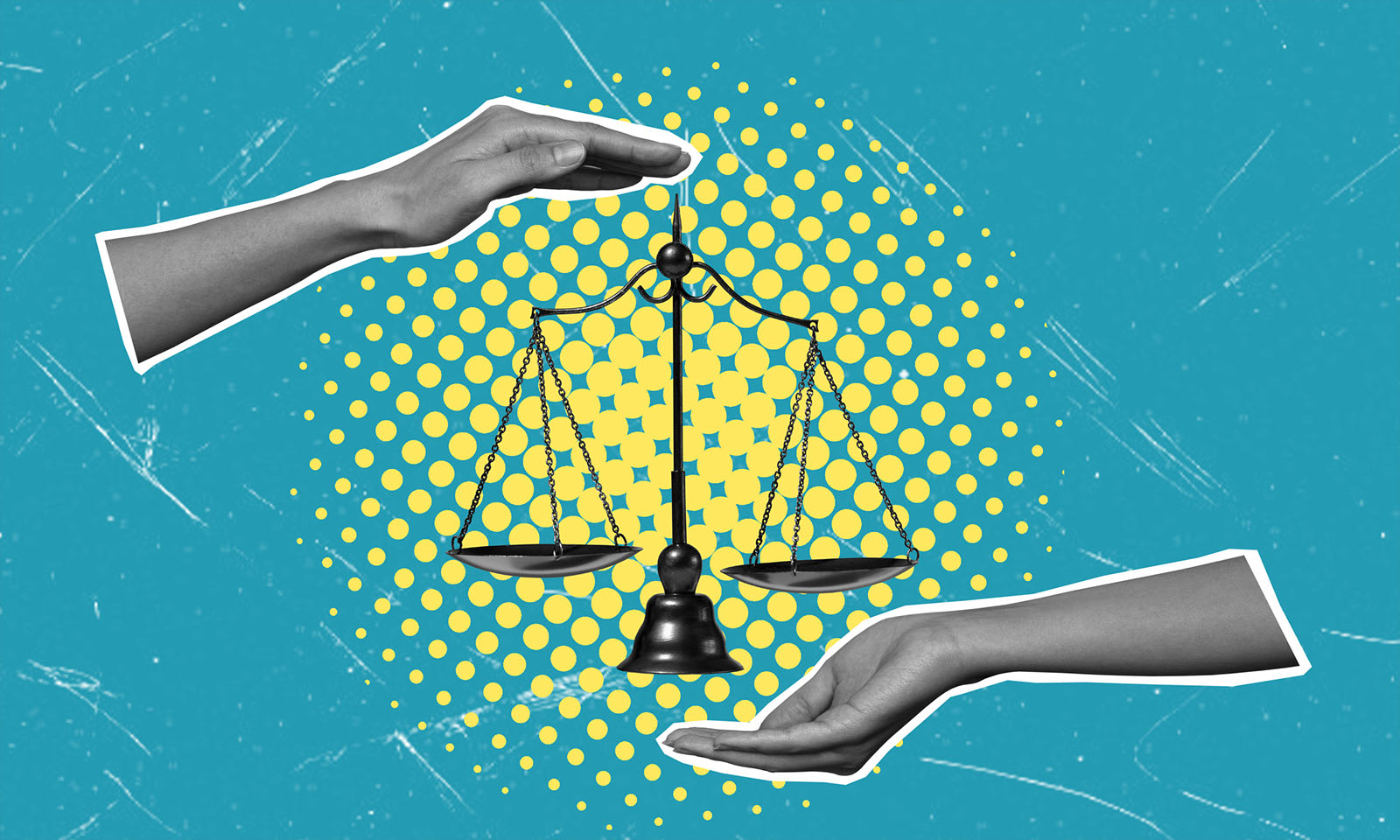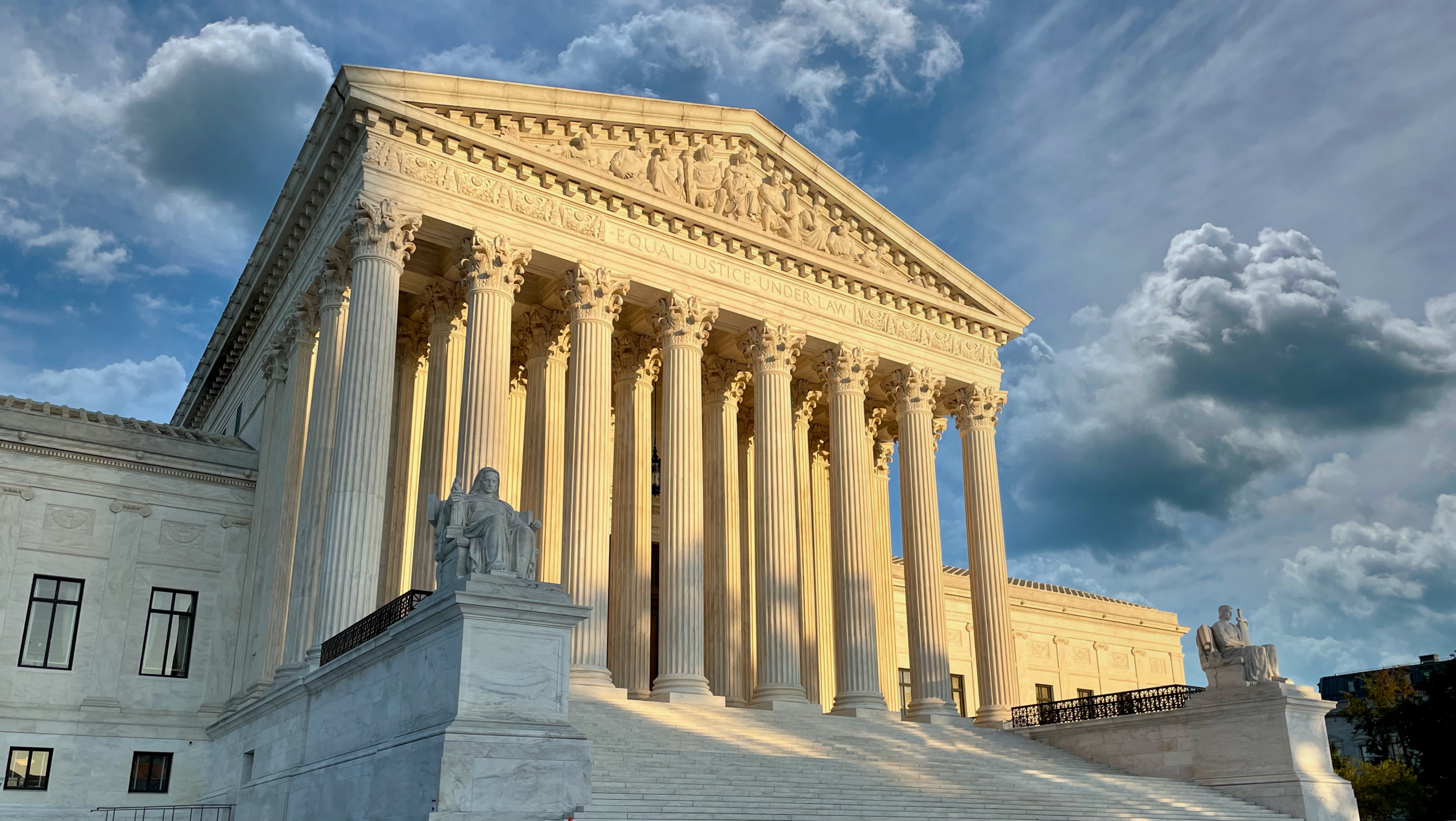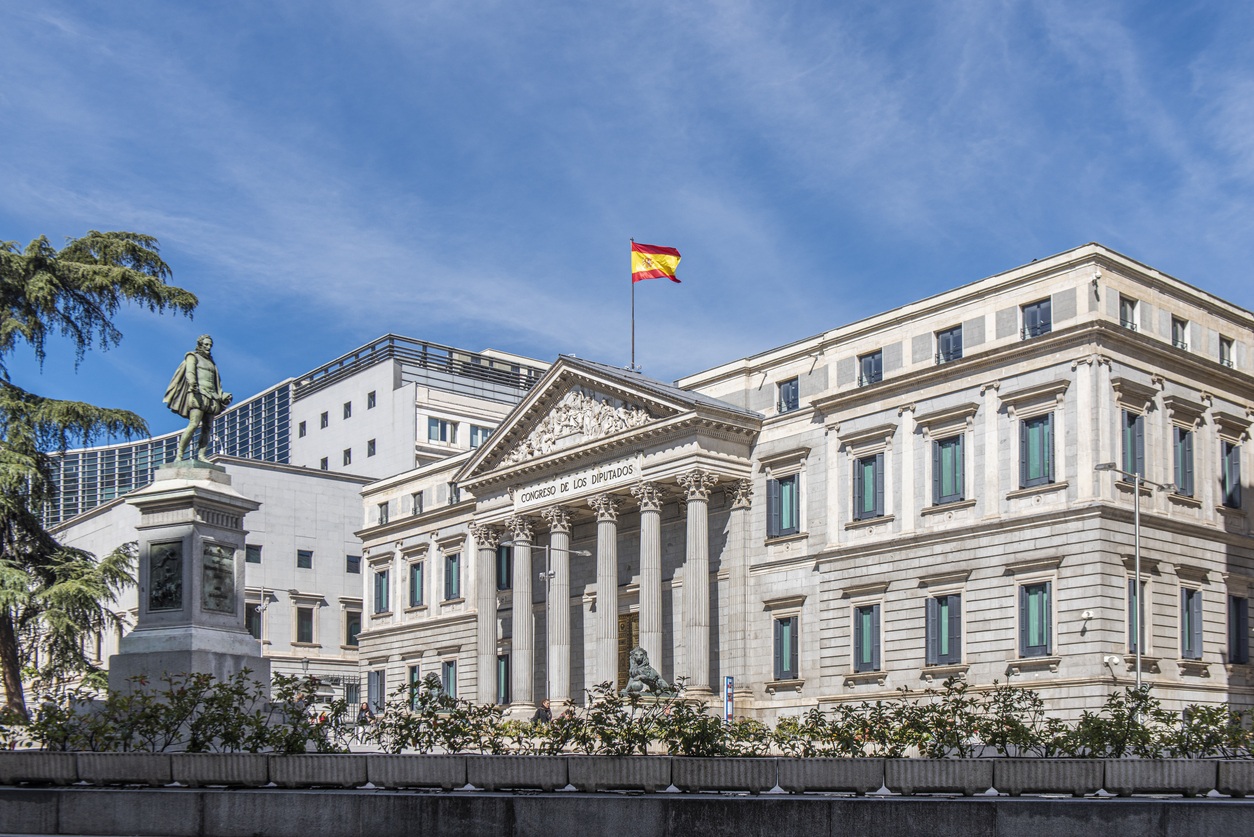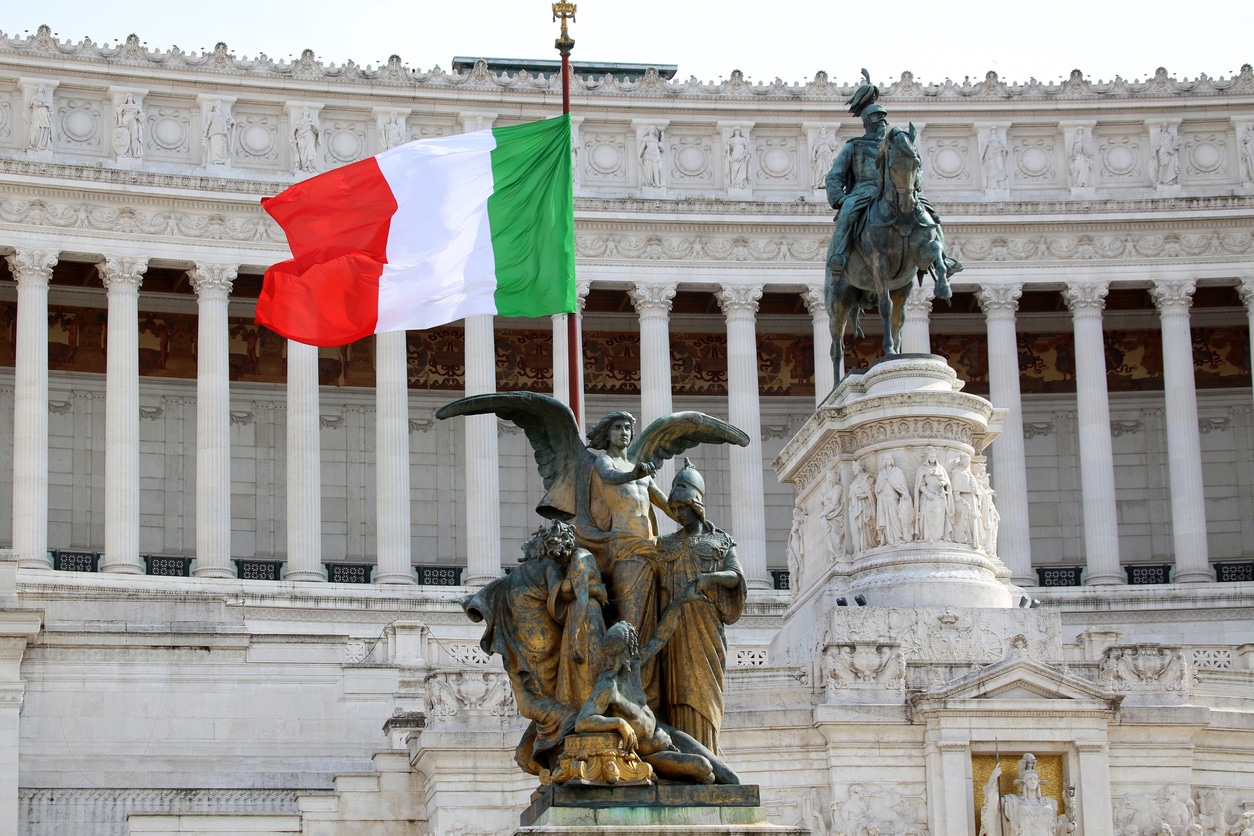Whistleblowing is the act by an individual or group at an organization, either private or public, of exposing illegal or unethical activity, or a behavior that is not seen as correct within an organization. The information brought forward can be seen as a violation of company policy/rules, law, regulation, or threat to public interest or national security, as well as fraud and corruption.
Whistleblowers are often employees or former employees of the organization, but can also be contractors, suppliers, or others who have insider knowledge of the organization. These “insiders” will report the illegal activity to a regulator, to the media, or to those in positions of authority. This act of disclosing information to such entitities makes them a whistleblower.
There are two types of whistleblowing:
- Internal Whistleblowing – this type of whistleblowing occurs when an insider reports misconduct within the organization to a supervisor or a compliance officer, or the companies attorneys.
- External Whistleblowing – this type of whistleblowing happens when an insider reports the misconduct to external entities, like regulatory bodies, law enforcement, the media or an independent watchdog agency.
Whistleblowing is a major issue for any organization, because it requires them to balance secrecy and confidentiality, while also being transparent and open to the public’s interest in knowing about wrongdoing. Whistleblowing also poses complex legal and ethical issues, such as protection against retaliation, and ensuring the accuracy of a whistleblowers allegations. Many countries have laws and regulations in place to protect whistleblowers and encourage the reporting of misconduct, but the U.S. by far offers the best.
History of Whistleblowing
Whistleblowing is not a modern concept but has historical roots, as explained in founding partner Stephen Kohn’s New York Times article The Whistle-Blowers of 1777. However, the rewarding and protection of whistleblowers is a relatively recent development, becoming more mainstream in the 21st century.
Historical Antecedents
The idea of exposing unethical or illegal activities can be traced back to 1777, when 10 revolutionary sailors and marines reported commander of the Continental Navy, Commodore Esek Hopkinsfor the torture of captured British sailors.
Across the world and throughout history, there have existed channels for insiders to report corruption. However, even to this day, these channels lack formal protection for the whistleblower, especially in highly corrupt countries where the consequences are severe.
Modern Conceptualization
The idea of whistleblowing in the workplace became more pronounced in the 20th century. This is mainly due to the increase in the number of large corporations and government agencies, where the exposure to fraud or wrongdoing increases, but the employee feels powerless to address it within.
Legal Protections
Legal recognition and whistleblower protection began to emerge in the latter half of the 20th century. In the United States, for example, one of the earliest pieces of legislation to protect whistleblowers was the False Claims Act, or “Lincoln Law,” which was enacted during the Civil War but significantly amended in 1986 to encourage whistleblowing on fraudulent contractors. The Occupational Safety and Health Act of 1970 and the Whistleblower Protection Act of 1989 are other notable examples of U.S. laws offering protection to whistleblowers.
Global Recognition
Whistleblowing and the protection of whistleblowers has gained global attention in recent years, because whistleblowing works. Several countries have enacted their own laws and regulations to protect whistleblowers. This is to recognize the role whistleblowers play in promoting transparency, accountability, and ethical conduct.
However, leading U.S. whistleblower attorneys say that there is still progress to be made, and that international whistleblowers should use U.S. laws when possible, as some, such as the Foreign Corrupt Practices Act, may cover foreign whistleblowers.
Digital Era and Whistleblowing
The digital and social media era has also transformed whistleblowing. The internet and digital communications have made it easier for whistleblowers to share information quickly and to a wide audience. This has raised new challenges in terms of privacy, security, and the verification of claims.
Overall, the formal recognition, protection, and encouragement of whistleblowing is a somewhat recent development. Those who come forward do it as a heroic contribution to professional, organizational, and public integrity.
Examples of Whistleblowing
There are numerous notable examples of whistleblowing, each highlighting the diverse ways in which individuals have exposed wrongdoing in various sectors. Here are some significant cases:
- Daniel Ellsberg and the Pentagon Papers (1971) – Daniel Ellsberg, a former military analyst, leaked a top-secret Pentagon study to The New York Times and other newspapers in 1971. This study, known as the Pentagon Papers, revealed hidden details of the U.S. government’s military involvement in Vietnam, significantly altering public perception of the war.
- Mark Felt (“Deep Throat”) and Watergate (1970s) – Mark Felt, better known as “Deep Throat,” was an associate director of the FBI who played a crucial role in exposing the Watergate scandal. His information led to the resignation of President Richard Nixon in 1974.
- Karen Silkwood (1974) – Karen Silkwood, an employee at the Kerr-McGee Cimarron Fuel Fabrication Site (a plutonium processing plant), raised concerns about health and safety violations. Her mysterious death in a car crash while on her way to meet a journalist with evidence has remained a topic of speculation.
- Jeffrey Wigand and Big Tobacco (1996) – Jeffrey Wigand, a former vice president of research at Brown & Williamson, exposed the company’s practices of knowingly manipulating tobacco to increase its addictiveness. His whistleblowing was crucial in changing public perceptions and policies about tobacco companies.
- Sherron Watkins and Enron (2001) – Sherron Watkins, a vice president at Enron, exposed accounting irregularities within the company, which led to the revelation of the Enron scandal, one of the biggest corporate frauds in history.
- Chelsea Manning and WikiLeaks (2010) – Chelsea Manning, a former U.S. Army intelligence analyst, disclosed classified military and diplomatic documents to WikiLeaks. The documents included information about the Iraq and Afghanistan wars, among other sensitive data.
- Edward Snowden and NSA Surveillance (2013) – Edward Snowden, a former NSA contractor, leaked classified information revealing extensive global surveillance programs run by the NSA. His disclosures sparked a global debate on privacy and surveillance.
- Frances Haugen and Facebook (2021) – Frances Haugen, a former Facebook product manager, disclosed thousands of internal documents to the Securities and Exchange Commission and The Wall Street Journal. These documents provided insight into how Facebook handled misinformation and the impact of its platforms on users’ mental health.
These examples demonstrate the diverse contexts in which whistleblowing can occur, ranging from corporate fraud and public health to government corruption and privacy issues. The impact of these acts of whistleblowing has often been significant, leading to legal reforms, corporate restructuring, and increased public awareness and debate on critical issues.
How are whistleblowers compensated?
Whistleblower compensation vary based on the nature of the case and the laws of the country where the whistleblowing occurs. Laws and regulations governing a certain sector or issue also play a part in the compensation. It’s good to keep in mind that whistleblowers are compensated in many different ways. Here are some ways in which whistleblowers may be compensated / supported:
- Financial Rewards – in the United States, whistleblowers may receive financial compensation, especially if their information leads to a successful legal action. For instance:
- Under the False Claims Act, a whistleblower can receive a percentage (usually between 15% and 30%) of the amount recovered by the government in cases of fraud against the government.
- The Securities and Exchange Commission (SEC) and the Commodity Futures Trading Commission (CFTC) also have whistleblower programs that reward individuals who provide information leading to successful enforcement actions.
- Legal Protections – many countries have laws that protect whistleblowers from retaliation, such as termination, demotion, or harassment in the workplace. While this is not direct compensation, it is a crucial form of support that can prevent or mitigate significant personal and professional costs.
- Anonymity and Confidentiality – some systems allow for (or even encourage) anonymous reporting, which can protect the whistleblower from potential retaliation or social stigma. This isn’t a direct form of compensation but is a form of protection that can be highly valuable.
- Career Support – in some cases, whistleblowers may receive assistance in finding new employment, especially if their act of whistleblowing leads to loss of their job. This support may come from government programs, non-profit organizations, or as part of a legal settlement.
- Legal and Emotional Support – whistleblowers often have access to legal assistance, either through government programs or through collaborations with non-profit organizations. Additionally, some organizations provide emotional and psychological support to help deal with the stress and potential fallout of whistleblowing.
- Public Recognition – some whistleblowers receive awards and public recognition from various organizations and institutions, acknowledging their courage and contribution to public interest. While not a material compensation, this recognition can be significant for the individual whistleblower.
While whistleblwoing can bring significant rewards, it often involves great personal and professional risks. The decision to blow the whistle can lead to long legal battles, career blacklisting, and lots of personal stress. Therefore, potential whistleblowers often weigh the possibility of compensation against these risks.
How do you write a whistleblower letter or complaint?
When writing a whistleblower complaint to regulators, it’s crucial to tailor your approach based on the type of misconduct, fraud, or abuse you’re exposing, as different regulatory bodies handle various issues.
For example, if you’re reporting government contracting fraud, the False Claims Act, particularly the qui tam provision, is relevant. Under this law, whistleblowers must file a lawsuit, which typically requires the assistance of an attorney, and could receive a portion of any recovered funds.
In cases of securities fraud, the process is different. The U.S. Securities and Exchange Commission (SEC) handles these complaints, and whistleblowers should use the SEC’s Tip, Complaint, or Referral (TCR) system. This platform is designed for individuals to report violations of the federal securities laws, and the SEC also offers monetary awards to eligible whistleblowers under certain conditions.
Similarly, for workplace safety and health violations, the Occupational Safety and Health Administration (OSHA) is the go-to agency. Their whistleblower protection program covers a wide range of industries, and complaints can usually be filed online, by mail, or by telephone.
The key in each scenario is to be clear, concise, and factual in your complaint, providing a comprehensive account of the issue. This includes detailing the misconduct with specific dates, locations, involved parties, and any supporting evidence you have.
It’s important to check if the agency you’re reporting to allows for anonymous complaints if you prefer to maintain your confidentiality. Additionally, always keep records of your complaint and any subsequent communications, as these might be crucial later.
In essence, the process of filing a whistleblower complaint is not one-size-fits-all; it varies significantly depending on the nature of the alleged wrongdoing and the specific regulatory framework governing the sector in question. Understanding the nuances of each reporting mechanism ensures that your complaint is handled appropriately and increases the chances of a successful outcome.
Our Firm’s Whistleblowing Cases

Lives Saved
Dr. Aaron Westrick filed a False Claims Act lawsuit against Toyoba, the manufacter of Zylon fiber, a material that degraded over time, which put thousands of lives in American police departments, federal law enforcement agencies, and the U.S. military at risk.

Qui Tam Award to Whistleblowers: $50 Million
Daniel Richardson, a former Senior District Business Manager for Bristol-Myers Squibb (BMS), prevailed in one of the largest qui tam whistleblower cases filed against a major pharmaceutical company for “off label” marketing and illegal kickbacks.

$7 Billion Contract Exposed
Bunnatine “Bunny” Greenhouse objected and exposed an illegal $7 billion no-bid Defense Department contract between Halliburton and the Army Corps of Engineers for the reconstruction of Iraq after the 2003 invasion.






